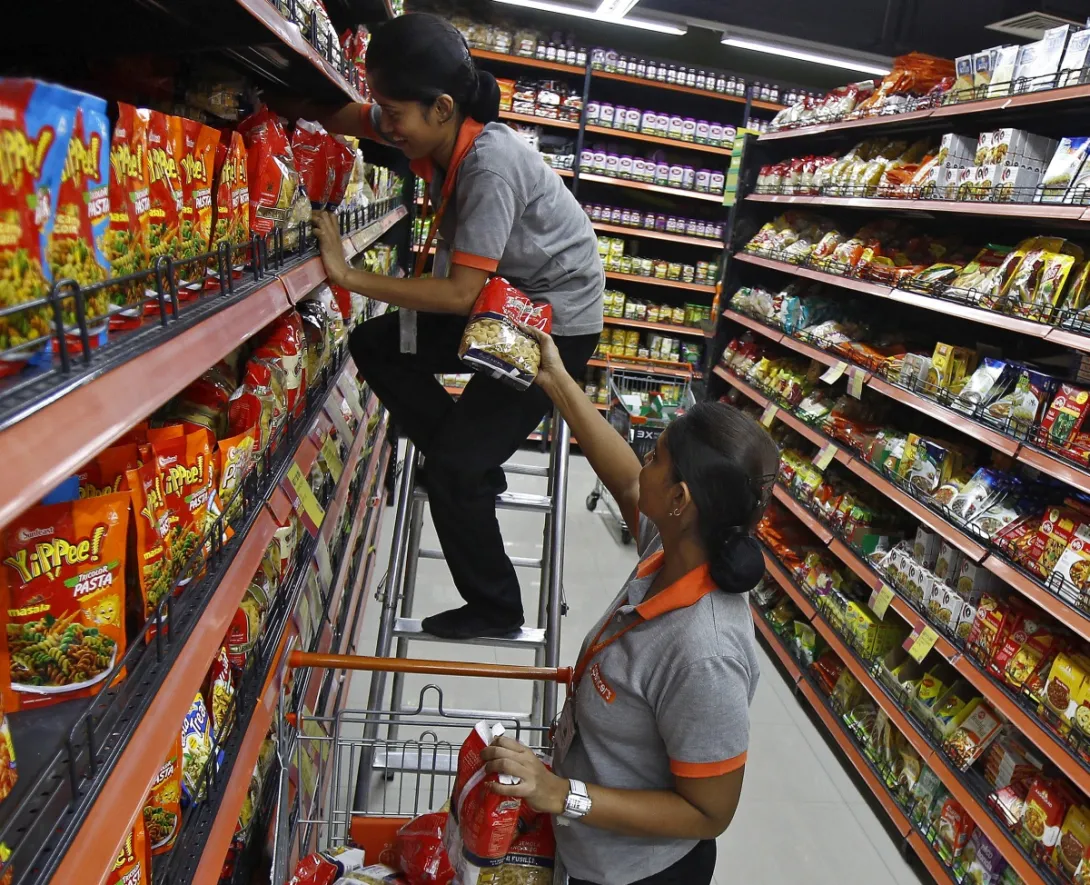Hindustan Unilever Ltd. (HUL), India’s largest fast-moving consumer goods (FMCG) company, is preparing for a volume-driven recovery in the second half of FY25 as price growth moderates amid easing inflation. With consumer demand stabilizing and rural markets showing early signs of revival, HUL’s strategy now centers on driving sales through volume expansion, innovation, and premiumization. The company expects steady growth across home care, personal care, and food categories, supported by improved affordability and a softening cost environment. HUL’s focus on operational efficiency, digital acceleration, and brand equity positions it well to navigate India’s evolving consumption landscape.
---
Shift in Growth Drivers: From Pricing to Volume Expansion
After two years of inflation-led price increases, HUL is pivoting toward a more balanced growth model driven by volume recovery. The moderation in input costs—particularly palm oil and crude derivatives—has eased pressure on pricing, allowing the company to pass on benefits to consumers.
Management indicated that demand, particularly in the mass segment, is expected to pick up gradually in the second half of the fiscal year. The focus will be on boosting consumption frequency and expanding product penetration, especially in price-sensitive rural regions that were earlier constrained by high inflation and weaker incomes.
---
Easing Inflation Supports Consumer Sentiment
The cooling of commodity inflation has improved purchasing power and stabilized margins across HUL’s product portfolio. Categories such as detergents, soaps, and packaged foods are witnessing a gradual normalization in pricing after several quarters of sharp cost fluctuations.
This moderation in inflation has not only restored consumer confidence but also created an environment conducive to demand-led growth. Analysts believe that as rural inflation continues to ease, lower unit prices could encourage customers to trade up to branded and premium products, strengthening HUL’s market share in key categories.
---
Rural Demand Recovery and Market Penetration
Rural markets, which account for nearly 45% of HUL’s revenue, are showing tentative signs of improvement after several quarters of subdued performance. The government’s increased rural spending, good monsoon patterns, and rising employment opportunities are expected to lift consumption in these regions.
HUL is intensifying its rural outreach programs, expanding distribution channels, and leveraging small-format packaging to attract cost-conscious buyers. The company’s extensive supply chain network and deep brand trust give it a competitive edge as consumption begins to revive in India’s hinterlands.
---
Focus on Innovation and Premiumization
While volume growth remains the immediate focus, HUL continues to prioritize innovation and premiumization as long-term growth levers. The company has launched new products in high-margin categories such as skin care, nutrition, and home hygiene, catering to changing consumer preferences.
Premium brands like Dove, Surf Excel, and Horlicks are witnessing increased traction among urban consumers seeking quality and convenience. Simultaneously, HUL is investing in data-driven marketing and digital engagement to strengthen its connection with younger, tech-savvy audiences and sustain brand loyalty in an increasingly competitive market.
---
Operational Efficiency and Digital Transformation
To support its growth ambitions, HUL is accelerating operational efficiencies through technology integration, automation, and advanced analytics. The company’s “Reimagine HUL” initiative, aimed at digitizing supply chains and enhancing productivity, is expected to drive cost savings and improve agility in responding to market trends.
Additionally, HUL continues to focus on sustainability and environmental stewardship. Initiatives such as water conservation, plastic waste reduction, and renewable energy adoption form a core part of its business strategy, aligning profitability with long-term social responsibility.
---
Outlook: Volume-Led Growth to Define H2 FY25
The company’s management remains cautiously optimistic about the second half of the fiscal year, expecting demand to strengthen as inflationary pressures subside. While rural recovery is likely to be gradual, urban markets are anticipated to maintain steady growth momentum, led by premium and innovation-driven categories.
Industry observers suggest that HUL’s strong distribution network, diverse product portfolio, and brand leadership will enable it to outperform peers as consumption patterns normalize. The company’s renewed emphasis on affordability and accessibility, coupled with disciplined cost management, positions it to deliver sustainable, volume-led growth in FY25.
---
Conclusion: A Balanced Growth Trajectory Ahead
Hindustan Unilever’s evolving strategy underscores its adaptability in navigating India’s dynamic consumer landscape. With price growth tapering off and demand beginning to stabilize, the company is recalibrating its focus toward driving volumes, expanding reach, and deepening customer engagement.
While short-term challenges persist in rural markets, the broader economic environment remains supportive of long-term growth. As India’s consumption cycle turns more favorable, HUL’s ability to balance innovation, efficiency, and inclusivity will be key to maintaining its leadership position in the FMCG industry.

Comments